I Absolutely Refused to Be the “Office Party Planner” Just Because I’m a Woman

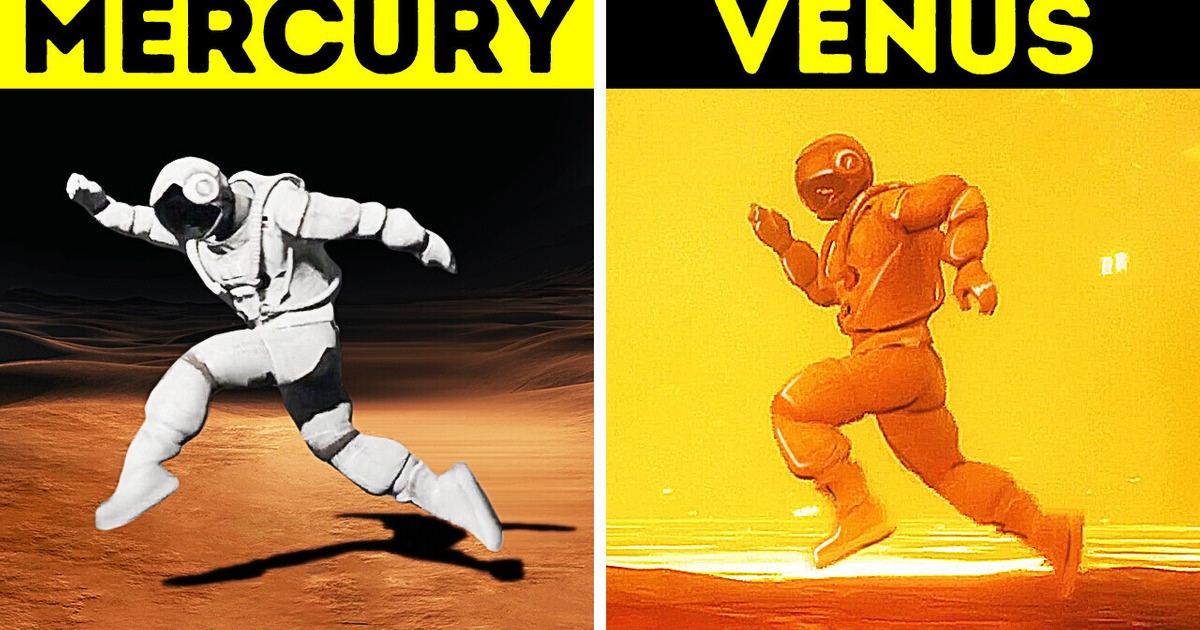
I hope you feel well-rested. Because I’ve got a tough task for you. Don’t worry — it’s fun! You’re going to visit different planets of our Solar System and try to run on each of them! Let’s figure out where you can run the fastest and where you can barely walk!
The fastest man on Earth, Usain Bolt, can run with an average speed of about 23 miles per hour. But his top speed is higher — up to 27 miles per hour! Sadly, we can’t all be Usain Bolts. The average person runs at a speed of 6 to 8 mph. But maybe, there’s a planet out there where you can beat the famous Jamaican sprinter’s records?
But first things first, what will affect your speed when you run on other planets? For one thing, gravity. Depending on how strong it is on the planet you visit, it’ll influence your weight. And in most cases, the heavier you are, the more slowly you run.
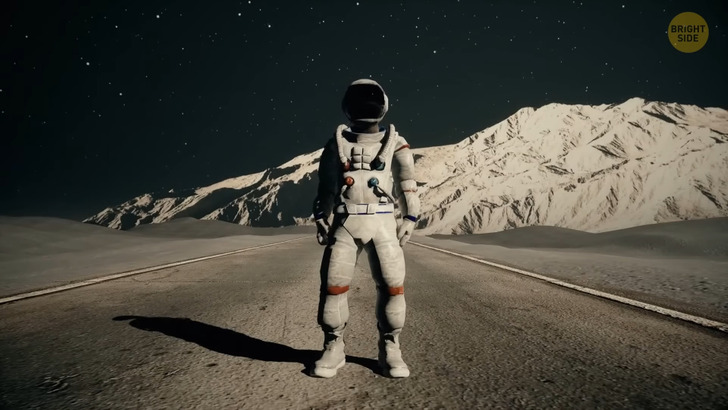
Plus, on all other planets in our Solar System except Earth, you’ll have to wear a bulky spacesuit. Without it, your chances of survival there are non-existent. And don’t forget about extreme weather conditions on most planets. It’s either freezing cold or boiling hot, or very — and I mean it — windy!
Anyway, your amazing journey is about to begin — buckle your seatbelt! The first planet on your itinerary is Mercury. As you sneak a peek at this world through the window of your spaceship, you notice that the planet looks eerily similar to the good old Moon! But just a few moments later, you realize it’s just an illusion.
All over the surface of Mercury, you see craters left by space rocks. Hmm, this may make your task of running on this planet way harder! This and your bulky spacesuit. Duh. But you wouldn’t survive on Mercury without this protection: the temperatures on the planet are extreme −800˚F during the day and −290˚F at night.
But there’s one thing that can work in your favor on this unfriendly planet. Let’s say you weigh 155 lb on Earth. Then, on Mercury, you’ll weigh around 58 lb. This means that despite your bulky spacesuit, you can move way faster than you do on Earth! And maybe your speed will even reach 13 mph if you try really hard!
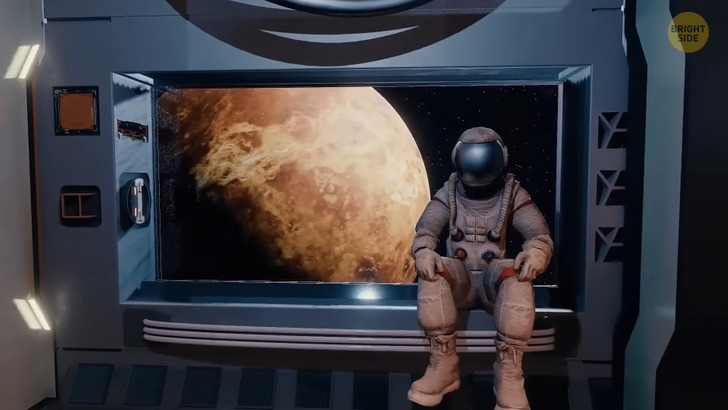
The next planet on your itinerary is Venus, also called “the Morning Star.” While coming closer, you see a world very different from the bluish planet you might have seen in books. Before landing, you have to get through a super-dense atmosphere made up of carbon dioxide. And while your spacecraft is descending, you’re watching thick clouds of sulfuric acid pass by.
Venus is often called Earth’s twin because these two planets are of similar size and density. No wonder that on Venus, you weigh almost as much as you do on Earth — 140 lb. So, your weight is a bit smaller here, but don’t forget about your spacesuit! And still, because of almost the same conditions on the two planets, you’d be able to run a bit faster than on Earth — at around 8.5 miles per hour.
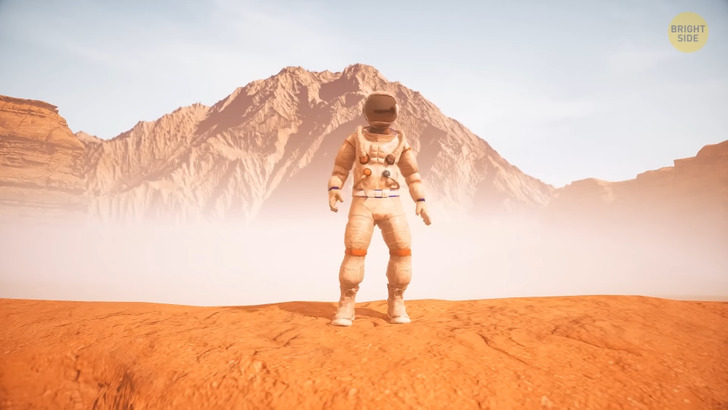
Your first impression of Mars is that it’s freezing cold. The average temperature here is around −80˚F. Even from afar, the planet looks reddish. Once you make your first step on the Martian surface, you understand why. The ground’s covered with rusty-colored dust. The same fine dust is floating in the air around you.
Wherever you look, you see golden, brown, tan, and even greenish hues. They depend on the minerals that make up the soil. The size of the dust layer varies from area to area, but in most places, it’s around 7 ft thick. Hmm, that can make running much more difficult!
On Mars, your weight would be much smaller than on Earth — a mere 58 lb! This will help you achieve an impressive speed of 12 miles per hour! Aren’t you a champ?!
What is that on the horizon?! It looks like a tornado! Is it a dust storm?! Then it’s time to make a run for it! Dust storms sometimes cover the entire planet, and you can even see the largest ones from Earth!
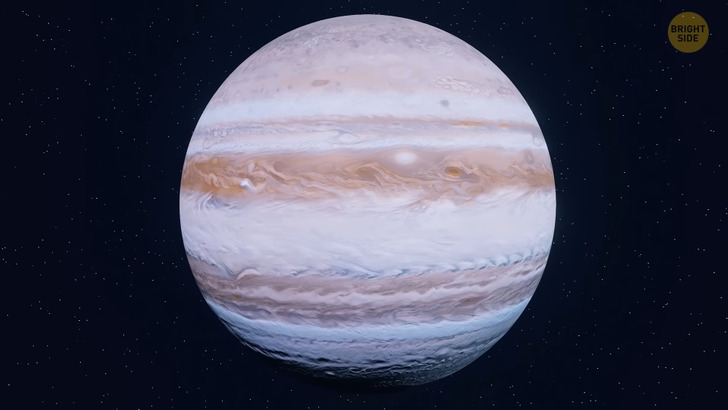
And now, you’re facing a problem... You see, Jupiter — as well as Saturn — is a gas giant. This means that the largest planet in the Solar System (and Jupiter is so large it could swallow 1,300 Earths!) doesn’t have any solid surface!
Well, you’ll just have to imagine what your running workout would look like if you COULD run on Jupiter. This planet has an atmosphere that consists of hydrogen and helium gas. During your descent, you admire thick brown, yellow, red, and white clouds. They make the planet look colorful and beautifully striped.
On Jupiter, you’d weigh 390 lb! You’d have to break a sweat to simply walk there wearing your clumsy spacesuit — if you could step on the planet’s surface, that is. If you tried to run there, your best result would probably be a speed of 1 or 2 miles per hour. To make matters worse, it’s extremely windy on Jupiter, with wind speeds ranging from 200 to 400 miles per hour.
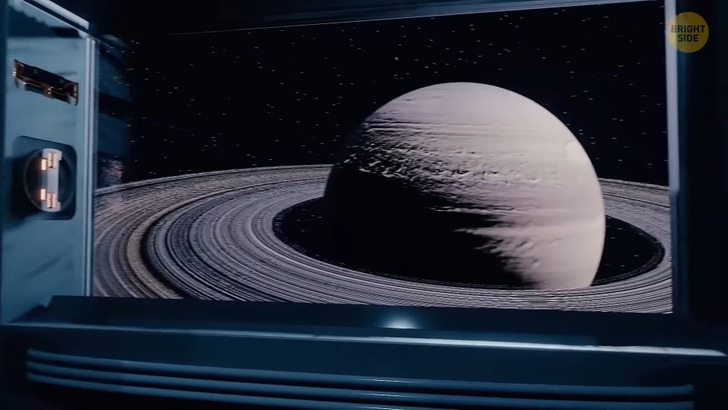
Do you see those rings?! That’s Saturn — another gas giant with no solid surface. This planet’s made up of mostly hydrogen and helium. And its temperature and density change the deeper you go. If you decided to leave your spacecraft and step on Saturn’s “surface,” you’d just fall INTO the planet.
But from above, it looks as if Saturn does have a surface! The seemingly solid yellowish-brown sphere is surrounded by several layers of clouds. The visible outer layer is made up of ammonia clouds. Under them, there are hydrosulphide clouds. And the innermost layer is made up of clouds of water.
Even though Saturn is a gas giant, your weight wouldn’t be very different here — around 165 lb. That’s because the planet’s gravity is similar to that of Earth. But because of the conditions on the planet (and your bulky, bulky spacesuit), you’d run a bit more slowly there — at a speed of about 4 miles per hour.
Before leaving, you admire Saturn’s most famous feature — awesome gray, beige, and tan rings. These groups of tiny ringlets are made of chunks of rock and ice. You also spot several of the 53 moons of Saturn. Oh, that’s Titan — an icy world bigger than our Moon and even Mercury. It’s the second-largest moon in the Solar System.
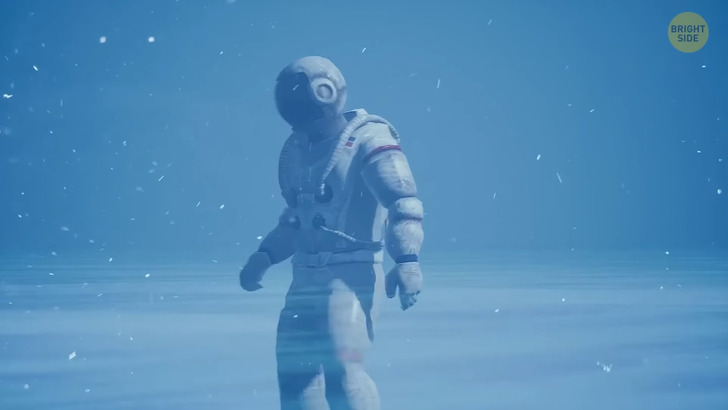
The next planet on your way is a blue-green ball of ice and gas. That’s ice giant Uranus. It has this beautiful hue because the light from the Sun gets reflected off the planet’s surface. Uranus isn’t solid.
Hit the brakes! If your spacecraft doesn’t manage to stop in time, it’ll fly through the upper atmosphere and sink into the icy liquid center of the planet! Hmm... I doubt you’ll be able to conduct your running experiment here. So, let’s just imagine what it’d look like.
On Uranus, your weight would be around 138 lb. And against all odds, you could actually reach a good speed here — at least 8 miles per hour! If you didn’t get caught in a hurricane, of course! Extreme storms occur on the planet in the summer when Uranus is heated the most. Then, hurricanes can spread for more than 6,000 miles!
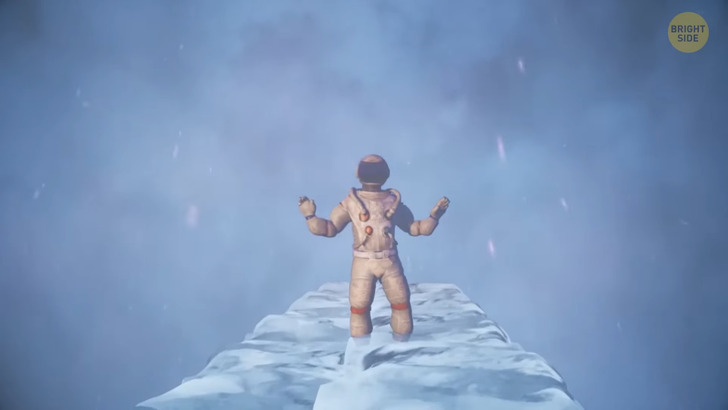
The furthest planet from the Sun, Neptune, is 4 times the size of Earth but 17 times as heavy. The blue “surface” you see when approaching Neptune is actually a layer of swirling gas and permanent clouds.
The planet’s mantle is made up of water, ammonia, and methane ice. It’s the closest thing Neptune has to a surface. And still, there isn’t solid ground for you to walk on. So, once again, try to use your imagination.
On Neptune, you’d weigh a bit more than you do on Earth — 174 lb. But your running speed would be just a bit lower than on Earth — around 5 miles per hour. That’s the end of your active adventure! Which planet did you like running on the most?











